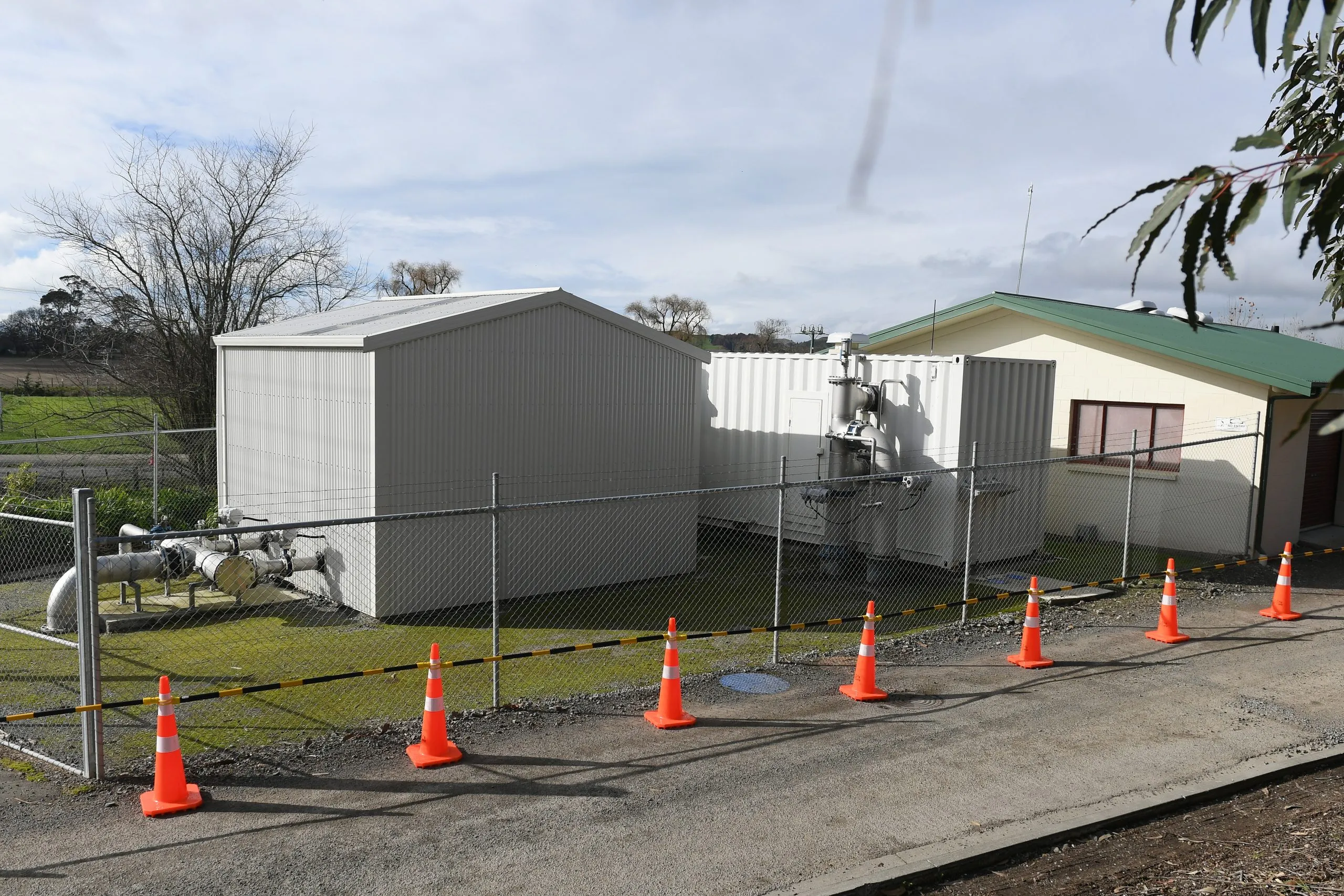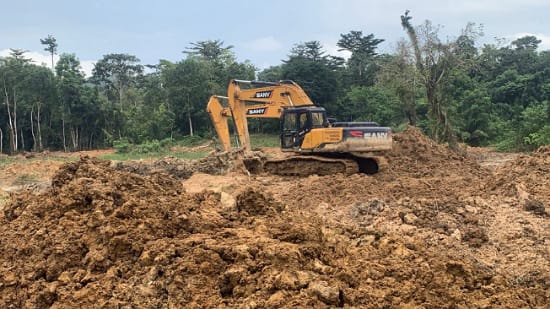Copyright newsroom

For the four million of us connected to treated urban networks, safe and clean drinking water is perhaps something we seldom think about as it flows clear from tap to glass. But outside our towns and cities, where many households depend on private bores or small rural schemes, that assurance can’t always be guaranteed. It’s a risk regularly underscored by local detections of harmful E. coli and – as a major national study recently showed – concerning levels of nitrate contamination in groundwater in some parts of the country. The big picture Nearly a decade on from Aotearoa’s largest waterborne contamination event – the 2016 Havelock North gastro outbreak, which left 5000 people sick – comprehensive legislative and structural changes have reshaped how New Zealand manages drinking water. The country now has an independent regulator, Taumata Arowai – the Water Services Authority, and a set of more rigorous national standards. These reforms replaced the old ‘all practicable steps’ defence with a clear legal duty for suppliers to prove their water is safe and introduced a multi-barrier approach that makes UV disinfection and residual chlorination standard for most networks. The latest data from Taumata Arowai suggest those changes are paying off. Almost four million of the 4.4 million people served by registered supplies now have access to drinking water with critical safety barriers in place, with that number expected to rise further through 2025. Yet the same reports highlight persistent gaps, particularly across small or rural systems and self-supplied schools that still lack treatment. Taumata Arowai and the Ministry of Education are working to install barriers in all such schools over the coming year. For the majority of New Zealanders on town supplies, the risk of illness from contaminated water is now reassuringly low. But about 289,000 people remain on public networks without one or more safety barriers, and long-term boil-water notices continue to affect smaller communities. The authority warns that compliance with those notices declines sharply over time and is working with suppliers to fix the underlying problems. But its recent reports also point to wider infrastructure weaknesses: aging pipes, high water loss, and patchy asset data. A third of operators recorded the poorest possible ratings for water loss and asset condition, while roughly half struggled to even report those measures, underscoring the uneven capability between urban and rural networks. A separate recent analysis suggested an estimated 22 percent of all treated water is lost through leaks before it even reaches a tap, costing the country roughly $122 million annually. That reality, says Professor Naresh Singhal of the University of Auckland’s Water Research Centre, points to a major maintenance challenge for our infrastructure, even after hundreds of millions of dollars in recent government investment. Fellow University of Auckland researcher Associate Professor Lokesh Padhye points to geography as another constraint. With a population spread over a wide area, he says, many communities will always rely on decentralised systems. “That’s where the most problems lie in New Zealand, and where we need targeted support to improve safety.” The risk of nitrates Padhye says rural networks face their own unique issues, as is being highlighted with nitrate contamination. Unlike town supplies, private bores and springs that serve fewer than 25 people aren’t required to test for contaminants. Yet they are common in farming regions, where intensive agriculture and livestock grazing drive elevated nitrogen levels into the soil. This, combined with vulnerable soils, makes them especially exposed to nitrate leaching into the underlying groundwater. A recent study led by Earth Sciences NZ analysed more than 2,400 rural drinking-water samples gathered between 2022 and 2024 through citizen-science programmes. It found Waikato, Canterbury and Southland were regions of significant concern, with seven other regions showing emerging problems. Five percent of samples exceeded the maximum nitrate level permitted in public supplies, and nearly a third were more than halfway to that limit. Padhye describes nitrate as “hands down” the largest nationwide issue facing drinking water safety, because of how many people could be affected. Historically, nitrate was regulated to protect against ‘blue baby syndrome’ where infants suffer dangerous oxygen loss. While new science has raised alarms about possible links to colorectal cancer and other long-term health effects, the inconclusive nature of current evidence has so far limited the regulator’s basis for updating standards. Yet the trend in rural bores is enough to demand closer monitoring and clearer data, Padhye says. Emerging contaminants While nitrate remains the most visible risk, Padhye warns that other, less-understood pollutants are quietly building in our environment. This growing class of ‘emerging’ contaminants include pharmaceuticals, pesticides, microplastics and PFAS: the so-called ‘forever chemicals’. Some of these substances can linger for years in the environment and accumulate in the body, with effects only showing up decades later. “With pathogens, you see the effect immediately, you drink the water and within hours or days you fall sick,” Padhye says. “But with emerging contaminants it’s different. You might not see anything in a month, but what happens 20 years down the line?” He says these make up a “second tier” of concern: not because they’re less serious, but because resources are still tied up addressing the first. “Until we get those first-tier problems sorted, there’s not much directed to the second.” While much about these pollutants remains uncertain, researchers are beginning to piece together a clearer picture – and, so far, the results are largely reassuring. A study co-led by Padhye tested tap, bore and lake water from 20 locations across the country for 30 types of PFAS. The results came back well below even the strictest proposed global standards. “It was overwhelmingly positive news,” he says, though he cautions that thousands of PFAS exist and monitoring needs to expand. Singhal, meanwhile, singles out antimicrobial resistance as an emerging hazard. Chlorination, the mainstay of drinking-water treatment, can interact with biofilms in pipes and encourage resistance genes. “If there are biofilms within our delivery pipelines, exposure to chlorine can in fact stimulate antimicrobial resistance,” he says. “It’s an aspect that we have no awareness of – and even globally it’s still in its early stages.” Standards and solutions Are New Zealand’s rules keeping up? Both experts welcome Taumata Arowai’s risk-based approach but agree the framework still focuses mostly on conventional contaminants. “The gap is emerging issues,” Singhal says. “There are no established, cost-effective technologies councils can just adopt to deal with them.” Membrane treatment can strip out many contaminants but is simply too expensive for most New Zealand suppliers. That makes data even more important. Padhye argues for a national contaminant surveillance programme, covering both traditional and emerging threats and reporting results openly. He says researchers still struggle to know who is measuring what, and where. “For a small country, a national dashboard would be ideal,” he adds, suggesting a tool that could enable anyone to check local water quality and trends. Climate change, meanwhile, is only heightening the need for robust systems to deliver safe drinking water. During 2023’s Cyclone Gabrielle – an event that scientists have linked to global warming through intensified rainfall – water infrastructure damage resulted in at least eight lengthy boil water notices that affected tens of thousands of people. Singhal notes that heavier floods dump sediment and nutrients into rivers, fuelling algal growth and cyanobacterial blooms. Each storm also disturbs contaminants stored in sediments. At the other end of the spectrum, droughts force communities onto marginal sources. “New Zealand is particularly prone to climate change,” he says. “With more extremes, you’ll get more sedimentation, and when those contaminants are disturbed, they stimulate algal blooms and cyanotoxins – so there are side consequences we’re likely not yet cognisant of.” For both academics, the priorities are clear: Keep rolling out those barriers against bacteria and protozoa, especially in small rural supplies. Strengthen and widen the data we gather. And invest in new, affordable treatments suited to our dispersed population and unique cultural context. “We’ve addressed the conventional risks reasonably well,” Singhal says. “The real challenge is preparing for the ones we don’t yet fully understand.” The world is facing unprecedented environmental challenges. Planetary Solutions, an initiative of the Sustainability Hub at Waipapa Taumata Rau, University of Auckland, and Newsroom, explores these issues — and the practical ways we can all be part of the solution.



